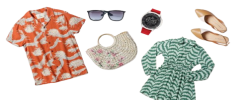
How to Treat Acne ?

Consult your doctor about prescription-strength medications if you have tried over-the-counter acne treatments for several weeks without success. Seeking advice from a dermatologist can : -
Acne treatments work by decreasing sebum production, eliminating bacterial infections, and/or minimizing inflammation. Most prescription acne medications may take four to eight weeks to show results, and it is possible that your acne may not completely resolve for several months or even years.
The treatment plan recommended by your doctor will depend on your age, the type and severity of your acne, and your level of commitment to the regimen. For instance, you may need to cleanse and treat your affected skin twice daily for several weeks. A combination of topical treatments and oral medications is often used. Pregnant patients usually have limited options due to potential side effects.
It's important to discuss the benefits and drawbacks of any medications or treatments you are considering with your doctor. Additionally, make sure to schedule follow-up appointments every three to six months until you start to see improvements in your skin.
Skin Care Products
The most commonly prescribed topical treatments for acne include : -
Retinoids and retinoid-like medications. Moderate acne is often managed with products that contain retinoic acids or tretinoin. These treatments come in various forms such as creams, gels, and lotions. Examples include adapalene (Differin), tazarotene (Tazorac, Avage, etc.), and tretinoin (Avita, Retin-A, among others).
As your skin becomes accustomed to the treatment, you should apply it daily in the evening, beginning with three applications each week. This helps to prevent the hair follicles from becoming clogged.
Avoid using benzoyl peroxide and tretinoin simultaneously
Topical retinoids can increase your skin's sensitivity to sunlight. Additionally, they may lead to dryness and redness, particularly in individuals with brown or Black skin. Adapalene is often considered the most tolerable option.
These work by reducing excess skin bacteria and decreasing inflammation and redness. It is possible to use a retinoid alongside an antibiotic for the initial months of treatment, applying the antibiotic in the morning and the retinoid in the evening. To minimize the risk of developing antibiotic resistance, benzoyl peroxide is commonly paired with antibiotics. Examples include erythromycin combined with benzoyl peroxide in formulations like Benzamycin, Benzaclin, and other similar medications. Relying solely on topical antibiotics is not recommended.
Salicylic acid and azelaic acid are both important in acne treatment. Azelaic acid is a naturally occurring compound produced by yeast, known for its antimicrobial properties. When used twice daily, a 20% azelaic acid cream or gel has shown comparable effectiveness to various common acne treatments. Pregnant or nursing individuals can obtain azelaic acid (Azelex, Finacea) via prescription. It is also used to address certain types of acne-related discoloration. Possible side effects include skin redness and mild irritation.
Salicylic acid is found in both wash-off and leave-on hair care products, potentially aiding in the prevention of clogged hair follicles. However, there is limited research supporting its effectiveness. Side effects may include minor skin irritation and discoloration.
For inflammatory acne, particularly in women prone to acne, a 5% dapsone gel (Aczone) is recommended for use twice a day. Possible undesired effects include dryness and redness.
Topical Therapies- Zinc, Sulfur, Nicotinamide, Resorcinol, Aluminum chloride or Sulfacetamide sodium: We found low-certainty evidence to suggest that there is vitamin no conclusive proof of a difference between these treatments.
Antibiotics. To eliminate bacteria in cases of moderate to severe acne, oral antibiotics might be needed. A tetracycline (minocycline, doxycycline) or a macrolide (erythromycin, azithromycin) is usually the first choice for acne treatment. Macrolides may be an option for people who can not take tetracyclines, such as pregnant women and young children.
Try to use oral antibiotics as little as possible so it not causes antibiotic resistance. They are only partly effective and both the use of prominent antibiotics and benzoyl peroxide have been shown to exponentially increase resistance in P. acnes, such as demonstrated here.
Combination oral contraceptives. Four combination oral contraceptives have been approved by the FDA for those women who also wish to use them as a birth control method. Progestin and estrogen-containing products are Ortho Tri-Cyclen 21 and Yaz. Other acne medications in the first few weeks will help you feel the benefit of this therapy quicker since it might take months for you to do so . Weight gain, breast soreness, and nausea are typical adverse events of use. Moreover, such drugs are major cardiovascular risk factors and have increased breast cancer and cervical cancer risks in various studies.
Spironolactone (Aldactone) may be a choice for women, teenage girls if oral antibiotics will work. It works by blocking the effect of androgen hormones on the sebaceous glands. This may cause breast soreness, and painful menstruation.
Commonly referred to as vitamin A derivative is isotretinoin (Amnesteem, Claravis)c It may be used when topical and oral treatments are not enough to manage moderate-to-severe acne or have failed.
The drug may cause a number of side effects, including IBD and depression), as well serious birth abnormalities. Due to this fear of birth defects, the FDA mandated that everyone taking isotretinoin be part of a risk management program. They will need to see their doctors regularly for monitoring of potential side effects.
Whiteheads, blackheads, or cysts that have not long gone away after applying topical remedies can be gently removed with the aid of your health practitioner the use of specialized devices. This method gives your pores and skin a transient aesthetic increase, however there is a hazard that scarring could end result.
Injectable steroids. Treatment for nodular and cystic lesions includes injecting a steroid remedy into them. Rapid improvement and ache reduction have been done with this therapy. In the dealt with place, pores and skin thinning and discolouration are feasible facet outcomes.
The majority of research on acne medicinal drugs have used participants elderly 12 or older. More and greater young youngsters also are growing pimples. The wide variety of topical medications that the FDA has authorized to be used in youngsters has elevated. Additionally, in step with American Academy of Dermatology suggestions, topical benzoyl peroxide, adapalene, and tretinoin are powerful and don't increase the threat of detrimental results in preadolescent kids.
Take into consideration seeing a pediatric dermatologist in case your youngster develops acne. Inquire approximately pharmaceuticals that should be averted in children, suitable dosages, drug interactions, aspect outcomes, and how a infant's increase and development can be impacted by using treatment.












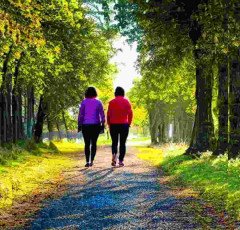


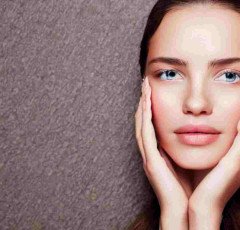
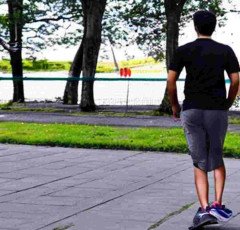








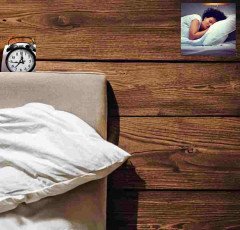






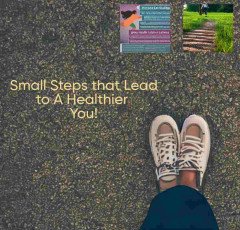

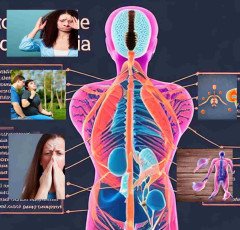




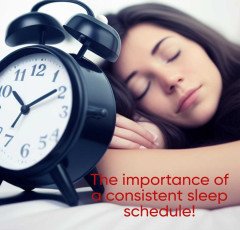

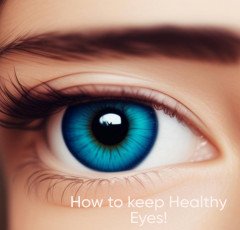






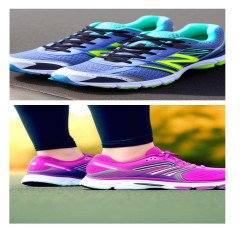








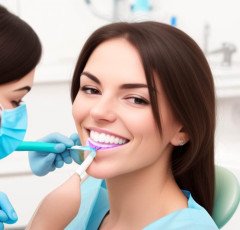
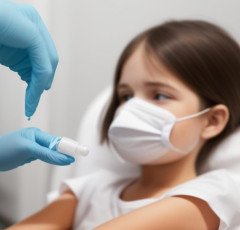




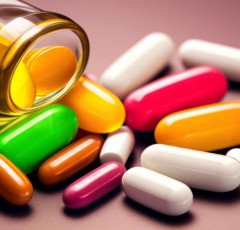
















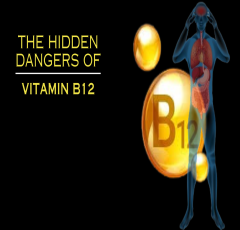





 Kitchen Daily Use
Kitchen Daily Use  Prime Video
Prime Video 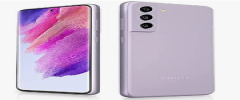 Samsung Mobile
Samsung Mobile  Online Technology Classes
Online Technology Classes 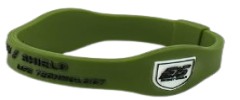 Wristbands
Wristbands  Online Marketing
Online Marketing  The Secret Email System
The Secret Email System  Crocs
Crocs  Wireless Gaming Mouse
Wireless Gaming Mouse  Stylish Sneakers by Red Tape
Stylish Sneakers by Red Tape  Only For The United States
Only For The United States  The Click Engine
The Click Engine  Graphics & Design
Graphics & Design  Creative Brief For Video Shoot
Creative Brief For Video Shoot 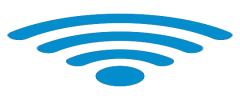 All Wireless Products
All Wireless Products  Top Rated From Amazon
Top Rated From Amazon  Artificial Intelligence
Artificial Intelligence  Best Sellers On Amazon
Best Sellers On Amazon  Sennheiser
Sennheiser 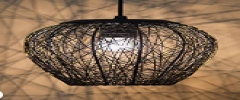 Hanging Lights For Living Room
Hanging Lights For Living Room  Unreal Engine 5 For Beginners Learn The Basics Of Virtual Production
Unreal Engine 5 For Beginners Learn The Basics Of Virtual Production 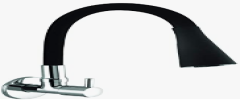 Kitchen Tap
Kitchen Tap  Men Clothing
Men Clothing  SEO Checklist
SEO Checklist  Essentials for Gamers
Essentials for Gamers  Door Handle Collection
Door Handle Collection 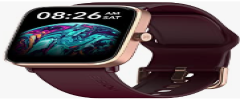 Smart Watches
Smart Watches  Best Phone
Best Phone  Pet Care Products
Pet Care Products  Wireless Bluetooth Earphones
Wireless Bluetooth Earphones  Bathroom Mirrors
Bathroom Mirrors 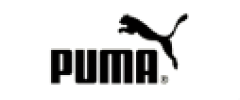 Puma (Clothing & Accessories)
Puma (Clothing & Accessories) 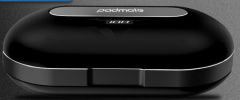 ELECTRONIC ACCESSORIES
ELECTRONIC ACCESSORIES 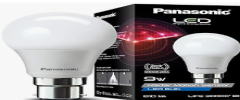 Motion Sensor Light
Motion Sensor Light  Digital Voice Recorder
Digital Voice Recorder  Rakhi
Rakhi  Apple iPhone
Apple iPhone  Best Home Appliances
Best Home Appliances 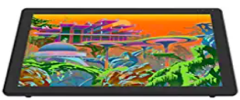 LCD Writing Tablet
LCD Writing Tablet  TitTok Revolution
TitTok Revolution  RPM 3.0
RPM 3.0  Amazon Best Selling Products
Amazon Best Selling Products 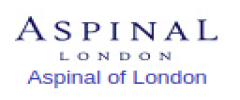 ASPINAL LONDON
ASPINAL LONDON  Unlimited access to classes on illustration, photography, design, film, music
Unlimited access to classes on illustration, photography, design, film, music  Echo Dot - Smart speaker with Alexa
Echo Dot - Smart speaker with Alexa  NordLocker
NordLocker 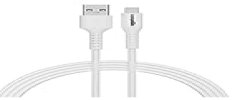 iPhone cable
iPhone cable  ASUS Laptop
ASUS Laptop 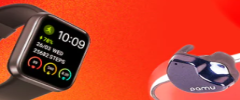 BEST SELLER TOP10
BEST SELLER TOP10  Best Selling Books
Best Selling Books 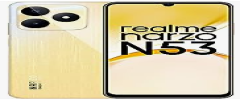 Realme Smart Phone
Realme Smart Phone  Wall Lamp
Wall Lamp  Home Decor Items
Home Decor Items 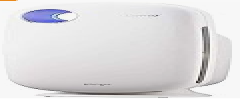 Air Purifier for Home
Air Purifier for Home  Hello Theme
Hello Theme  Dual USB Car Charger
Dual USB Car Charger  1150+Trendy kids coloring pages Bundle
1150+Trendy kids coloring pages Bundle  One World Collection
One World Collection  Favorite Company (Cuelinks)
Favorite Company (Cuelinks)  4k Projector For Home
4k Projector For Home 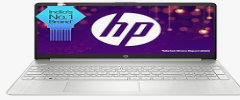 HP Laptop
HP Laptop  Smart Doorbell
Smart Doorbell  Women Fashion
Women Fashion  Dell Laptop
Dell Laptop  Acer Laptop
Acer Laptop  Duke T Shirts
Duke T Shirts  Adidas Shoes
Adidas Shoes  Best Robotic Vacuum Cleaners
Best Robotic Vacuum Cleaners  Healthy Ingredients
Healthy Ingredients  NordPass
NordPass  Hot Bags For Pain Relief
Hot Bags For Pain Relief  NordVPN
NordVPN  SOFAS
SOFAS 
